Unfiltered wine has been gaining popularity in recent years, as more and more wine enthusiasts are seeking a more natural and authentic experience when it comes to their favorite beverage. Unlike many commercial wines produced today, unfiltered wine skips a critical step during production: filtration. This process not only impacts the taste and mouthfeel of the wine but also can provide some unique health benefits.
The history of unfiltered wine dates back to ancient times, where most wines were naturally unfiltered due to limited tools and technology. Today, unfiltered wine is making a comeback, driven by consumer interest in natural and artisanal products. The unfiltered wine making process highlights regional grape varieties, allowing for diverse and distinct flavors. From the best regions for growing and producing unfiltered wines to the essentials of drinking and pairing this unique type of wine, this article will present you with all the knowledge you need to join the unfiltered wine movement.
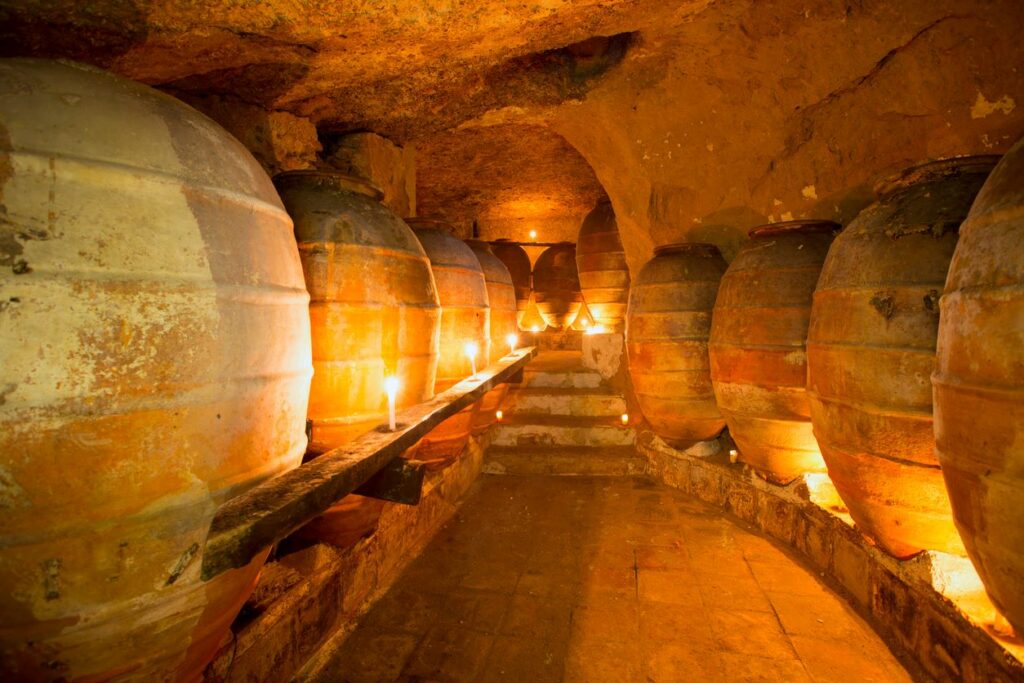
Key Takeaways
- Unfiltered wine offers a more natural and authentic taste experience compared to its filtered counterpart.
- The history and resurgence of unfiltered wines emphasize consumer desire for artisanal products.
- Understanding the production and pairing of unfiltered wines allows for a broader appreciation of this increasingly popular beverage.
Understanding Unfiltered Wine
Unfiltered wine is a type of wine that has not undergone the common filtration process. Filtration is a technique used to remove particles and sediment from the wine, providing a clear and stable end product. However, some winemakers believe that this process can strip away flavors and aromas from the wine. This section will discuss the characteristics, benefits, and drawbacks of unfiltered wine.

Characteristics of unfiltered wine
- Appearance: Unfiltered wines often display a hazy or cloudy appearance due to the presence of residual particles and sediments.
- Aromas and flavors: These wines might showcase more intense and complex flavors and aromas, as they retain a higher amount of natural compounds.
- Texture: The mouthfeel of unfiltered wines can be richer and more viscous compared to their filtered counterparts.
Some key benefits of unfiltered wine include:
- Authenticity: Unfiltered wines are considered more natural, staying true to the winemaker’s intention and the terroir.
- Rich flavors and aromas: As stated above, the filtration process might remove some flavors and aromas, so unfiltered wines can potentially offer a more vibrant taste experience.
- Aging potential: Unfiltered wines tend to have a longer shelf life and can improve with age, as the residual particles might contribute to flavor evolution during the aging process.
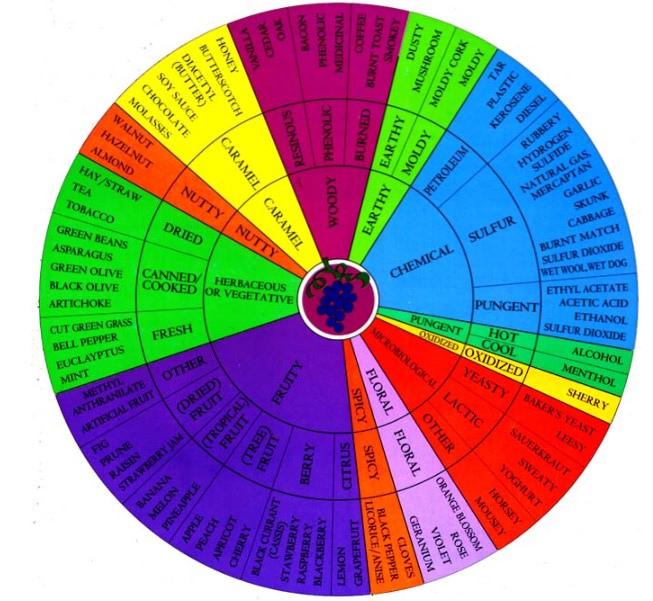
However, there are also a few drawbacks:
- Consistency: The quality of unfiltered wines can be less consistent, as it may vary from bottle to bottle. Some bottles may even contain a higher amount of sediment and lees.
- Sediment: The presence of sediment in the wine might be seen as a disadvantage to some consumers who are not accustomed to it.
- Availability: Unfiltered wines are not as widely available as filtered options, and they may sometimes require a more dedicated search for interested wine enthusiasts.
In conclusion, unfiltered wine presents an alternative for those who appreciate a more natural, authentic, and richly textured wine. While it has its risks and challenges, it offers a unique and interesting option for those wanting to explore the diverse world of wine.
History of Unfiltered Wine
The concept of unfiltered wine has its roots in ancient winemaking practices. Before the advent of modern filtration techniques, wines were naturally unfiltered, resulting in a more rustic and textured drinking experience.
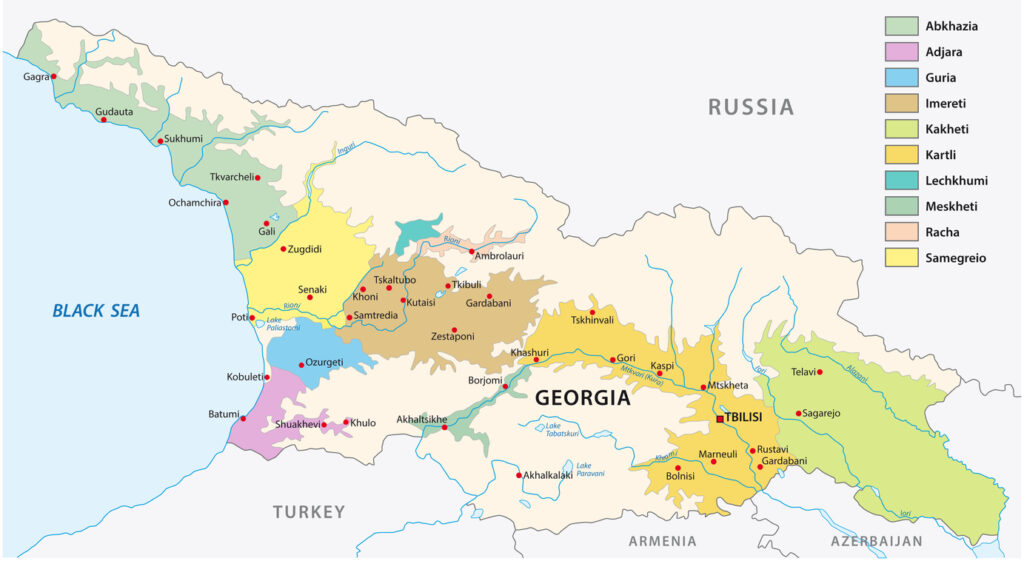
One of the earliest known instances of winemaking dates back to around 6000 B.C. in the region of present-day Georgia. These ancient winemakers relied on traditional techniques like natural fermentation and used large clay vessels called qvevri to store and age the wine. The extended contact between the grape skins, seeds, and juice contributed to unfiltered wine’s distinct character.
History of unfiltered wine in ancient Rome and Greece
The Romans and Greeks also played a significant role in the history of unfiltered wine. They adopted their methods from the eastern Mediterranean region, where they often traded. During this time, wines were frequently unfiltered and stored in clay amphorae vessels, which helped to develop and preserve the wine’s complex flavors.

Fast forward to the late 19th and early 20th centuries, when the advent of modern technologies, such as the invention of the plate-and-frame filter, allowed winemakers to create more polished, clear wines. The process removed unwanted solids, resulting in a more visually appealing product. This new innovation slowly led to fewer unfiltered wines on the market.
In recent years, however, there has been a resurgence in the appreciation of unfiltered wines, which are often regarded as more authentic and natural representations of the winemaker’s craft. Popular styles of unfiltered wines include:
- Natural wines, made with minimal intervention and often without sulfur dioxide additions
- Orange wines, white wines with extended skin contact, yielding a deep amber hue and tannic structure
- Pétillant naturel wines, also known as méthode ancestrale, which are bottled before completing fermentation, resulting in a naturally sparkling, often cloudy wine
Today, unfiltered wine caters to the enthusiasts seeking a more unique and unrefined drinking experience, as well as those who appreciate the traditions of winemaking from centuries past.

Benefits of Unfiltered Wine
Unfiltered wine has gained popularity among wine enthusiasts in recent years. Unfiltered wine, as the name implies, is the result of not filtering particles – including grape solids, yeast, and sediment – out of the final product before bottling. This natural approach to winemaking offers several benefits:
Richer Flavor and Texture
Due to the presence of particles that are typically removed during filtration, unfiltered wines often provide a more intense and complex flavor profile. The absence of filtration allows for a fuller mouthfeel, with some drinkers describing the wine as having a velvety or creamy texture.

Preserving Tannins and Phenolic Compounds
The filtration process can strip away desirable elements, such as tannins and phenolic compounds, which contribute to the overall aroma, flavor, and aging potential of wine. By not filtering the wine, these natural components remain in the bottle, allowing the wine to develop a richer character and potentially age better over time.
Lower Intervention and More Sustainable Winemaking
The growing movement towards natural, biodynamic, and organic winemaking emphasizes a minimal intervention approach. Unfiltered wines fall into this category as they involve fewer additives and less manipulation during production. This can result in a more sustainable and eco-friendly process.
| Pros | Cons |
|---|---|
| Richer flavor and texture | May contain more sediment |
| Preserves tannins and phenolic compounds | Not clarified, possibly visually unappealing |
| Lower intervention and more sustainable | Limited availability |
Considering these benefits, it is no surprise that unfiltered wines have found their place in wine tastings and collections worldwide. While they may not appeal to everyone due to their appearance and higher sediment content, they are undeniably a unique addition to the world of wine for those who appreciate a more natural and complex experience.
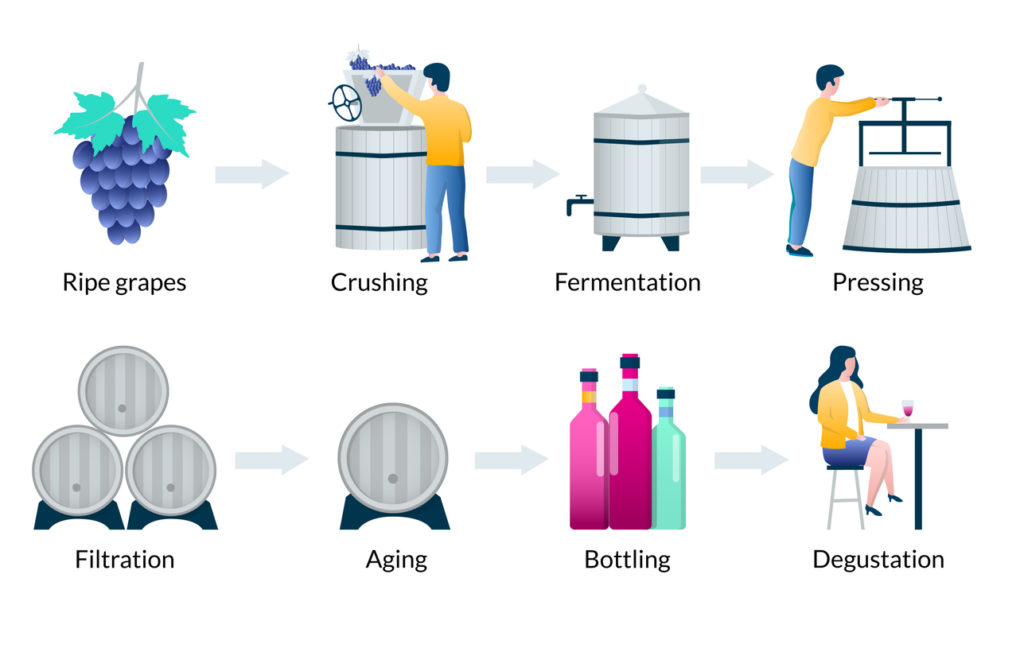
Unfiltered Wine Making Process
The Fermentation Process
The fermentation process in unfiltered wine production begins with the collection of grapes. These can be either manually or mechanically harvested, depending on the winery’s preference. Once gathered, the grapes are taken to the winery, where they are sorted, destemmed, and lightly crushed.
During the fermentation of unfiltered wine, natural yeasts present on the grape skins play a significant role. These yeasts help transform sugars present in the grape juice into alcohol and carbon dioxide. It is essential to monitor and control the temperature and other conditions for achieving the desired taste and aromatic profiles in the final product.
Below is a table highlighting the main differences between the fermentation process of filtered and unfiltered wine:
| Fermentation Aspect | Filtered Wine | Unfiltered Wine |
|---|---|---|
| Yeasts used | Commercial | Natural |
| Temperature control | Strict | Flexible |
| Duration | Shorter | Longer |
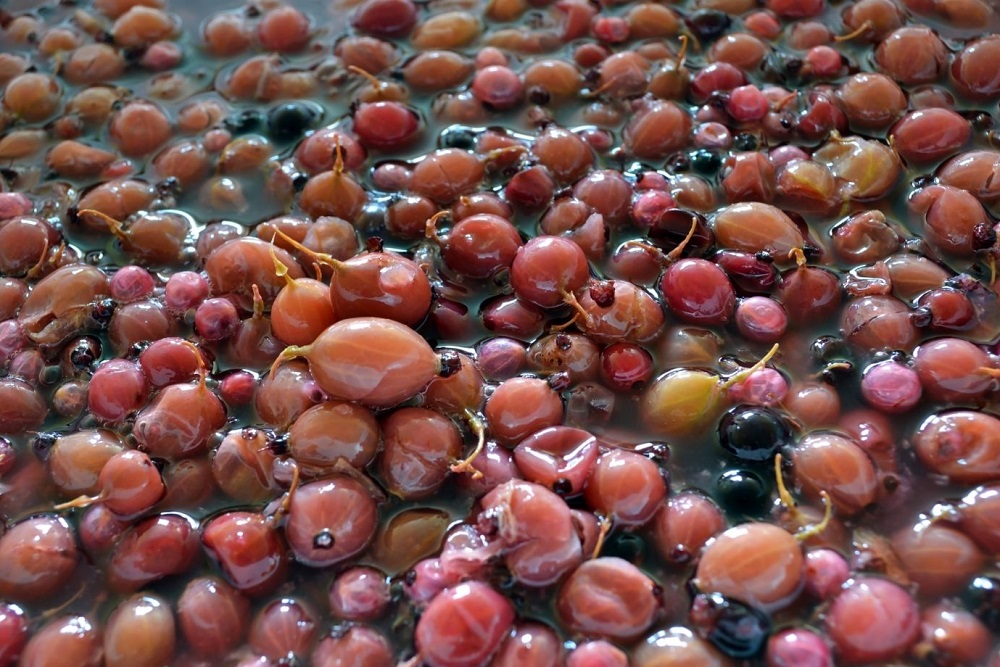
The Ageing Process
The ageing process for unfiltered wines is where they truly differentiate from their filtered counterparts. Unfiltered wines are usually aged in oak barrels or stainless steel tanks to allow the wine to develop intense flavors and harmonic balance.
During this stage, unfiltered wines undergo multiple racking processes, transferring the wine from one container to another while leaving the sediment behind in previous containers. This helps remove the remaining solids in the wine without using any filtration methods.
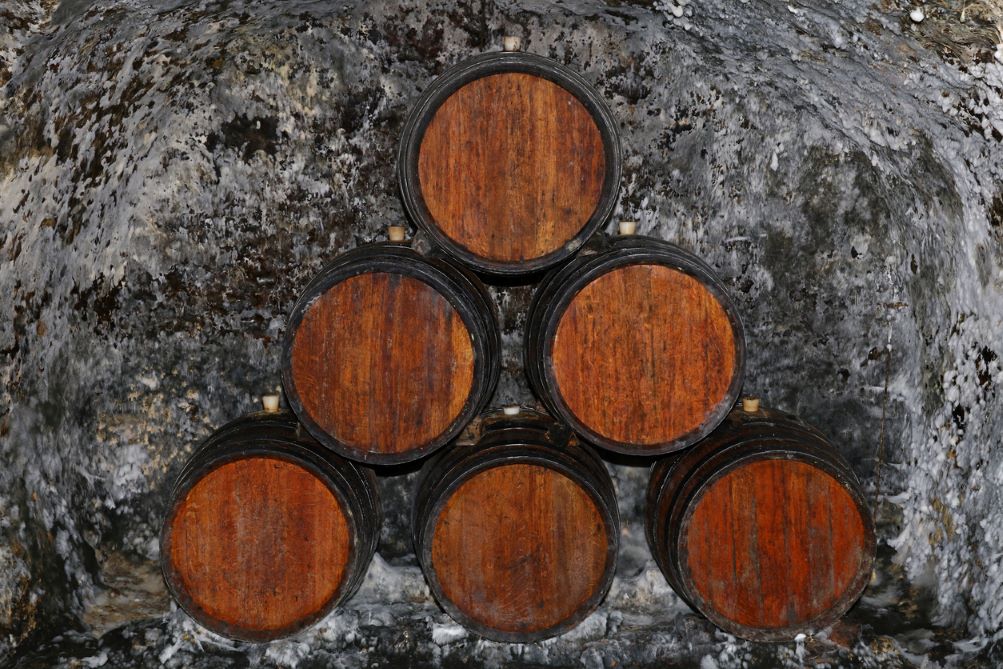
Since the ageing process for unfiltered wines often takes longer than filtered wines, they exhibit more complex flavors and unique aging potential. Below is a list of the differences in the ageing process for filtered and unfiltered wines:
- Unfiltered wines
- Ageing in oak barrels or stainless steel tanks
- Multiple racking processes
- Longer ageing duration
- Filtered wines
- Ageing in various containers (oak barrels, stainless steel tanks, etc.)
- Shorter ageing duration
In conclusion, unfiltered wine making allows for a more natural, untouched product, which reflects the unique characteristics of the grapes and terroir. Despite requiring more attention and time during the fermentation and ageing processes, unfiltered wines can offer desirable complex flavors and impressive ageing potential that many wine enthusiasts appreciate.
Types of Unfiltered Wine
Red Unfiltered Wine
Red Unfiltered Wine is made from black grape varieties, where the grape skins are left in contact with the juice for an extended period. This process imparts the signature dark color and complex flavors.
Some popular red unfiltered wines include:
- Cabernet Sauvignon: Known for its deep color and full-bodied flavor, this wine is often used in blends with other grapes.
- Pinot Noir: A lighter-bodied red wine with fruity notes and delicate tannins, this wine is ideal for those who prefer a softer, more elegant red wine.
- Syrah: This wine offers rich, dark fruit flavors with a hint of peppery spice.

White Unfiltered Wine
Contrary to red wines, White Unfiltered Wines are made by removing the grape skins from the juice before fermentation. This creates a lighter, cleaner wine with a range of flavors, depending on the grape variety.
Notable white unfiltered wines:
- Chardonnay: This versatile grape produces a range of flavors from tropical to buttery, depending on the winemaking techniques used.
- Sauvignon Blanc: Known for its high acidity and citrus flavors, this wine pairs well with seafood dishes.
- Riesling: This crisp white wine offers floral and citrus notes, with a sweetness that can vary depending on the winemaker.
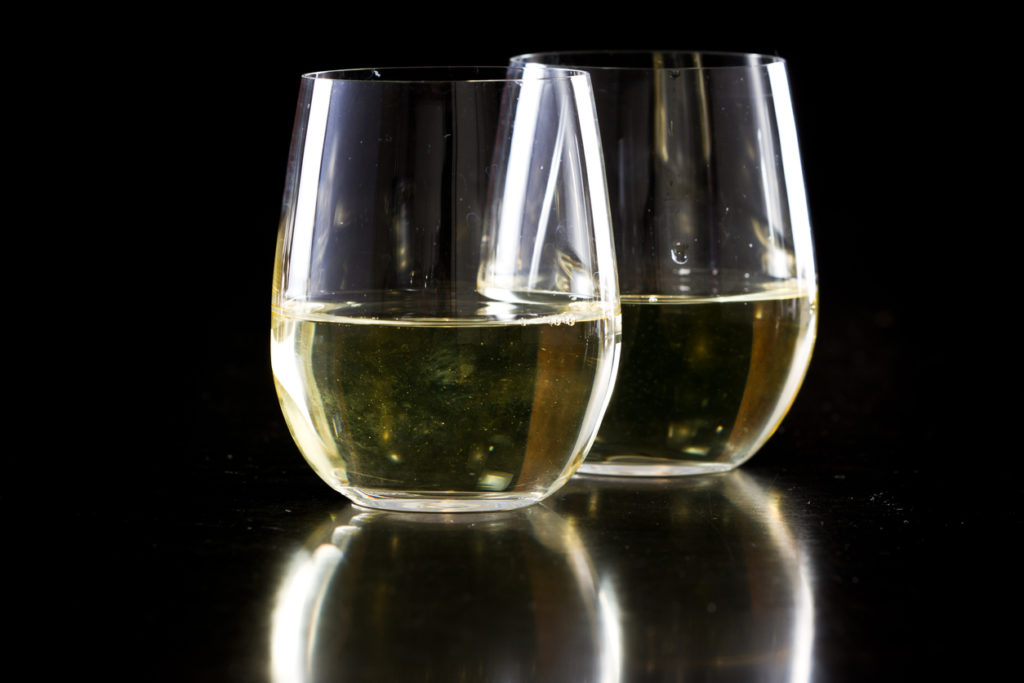
Rosé Unfiltered Wine
Rosé Unfiltered Wines are made by allowing the grape skins to remain in contact with the juice for only a short time, usually ranging from a few hours to a couple of days. This brief exposure gives the wine its distinctive pink color and light, fruity flavor profile.
Key examples of rosé unfiltered wines:
| Grape variety | Flavor profile |
|---|---|
| Grenache | Light and fruity with red berry notes |
| Pinot Noir | Crisp and delicate with raspberry flavors |
| Sangiovese | Full-bodied and dry with cherry undertones |
In conclusion, unfiltered wines offer a unique and authentic drinking experience across red, white, and rosé varieties. By skipping the filtration process, these wines retain their natural flavors and characteristics, providing an enjoyable experience for wine enthusiasts.

Best Regions for Unfiltered Wine
Bordeaux, France
Bordeaux is a renowned wine-producing region in France, boasting a rich history of unfiltered wines. Here, unfiltered wines are made primarily from the Cabernet Sauvignon and Merlot grape varieties. These wines offer bold flavors, with hints of dark fruit, spice, and earthiness. A few notable producers in Bordeaux worth exploring are:

Tuscany, Italy
Tuscany, located in central Italy, is home to some of the finest unfiltered wines in the world. The region’s warm climate and diverse terroir contribute to the production of high-quality wines, using mainly Sangiovese grapes. These unfiltered Tuscan wines often possess a complex flavor profile, featuring notes of red berries, plum, and leather. Prominent producers in the Tuscan region include:
- Antinori
- Castello Banfi
- Tenuta dell’Ornellaia
| Best Tuscan Unfiltered Wines | Varietal |
|---|---|
| Tignanello | Red Blend |
| Brunello di Montalcino | Sangiovese |
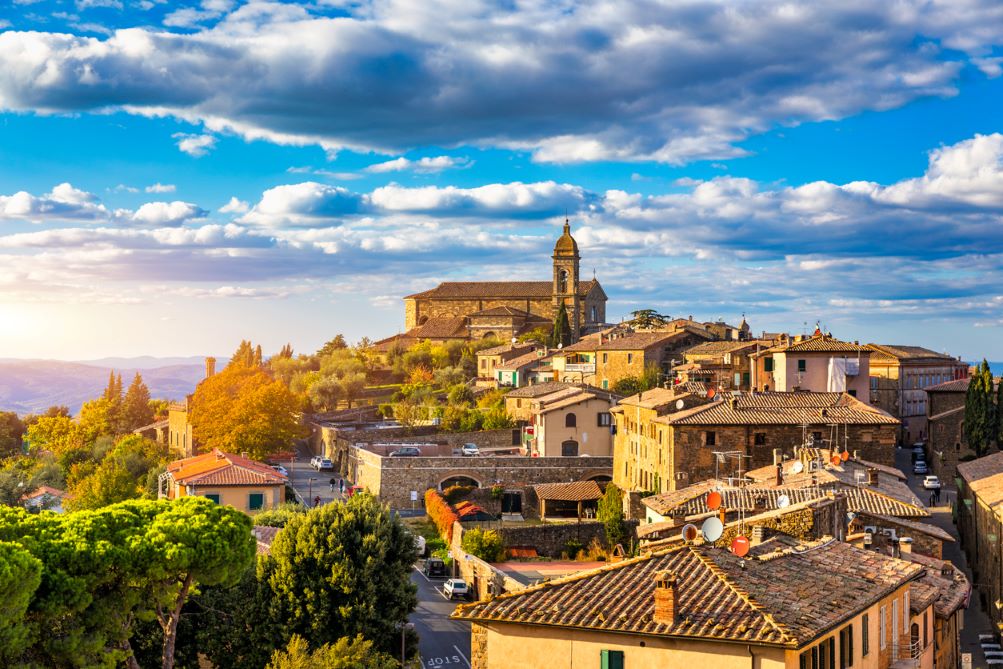
Napa Valley, United States
Lastly, Napa Valley in California is an outstanding region for unfiltered wines. This popular wine destination is known for its diverse range of grape varietals, including Cabernet Sauvignon and Chardonnay. Unfiltered wines from Napa Valley often exhibit rich and opulent flavors, showcasing ripe fruit, oak, and vanilla notes. Below is a list of exceptional Napa Valley producers specializing in unfiltered wines:
- Opus One
- Stag’s Leap Wine Cellars
- Robert Mondavi Winery
In summary, Bordeaux, Tuscany, and Napa Valley are three top regions for experiencing distinctive unfiltered wines. Each destination offers a unique array of flavors and styles, showcasing the best that unfiltered wine has to offer.

Drinking and Pairing Unfiltered Wine
Tasting Notes
Unfiltered wine, as the name suggests, is wine that has not undergone the filtration process typically employed to remove sediments and impurities. This often results in a richer, more complex flavor profile and a somewhat cloudy appearance. When tasting unfiltered wine, expect to find a variety of bold fruit flavors, earthy undertones, and an overall more robust mouthfeel than its filtered counterparts.
It is important to decant unfiltered wine before drinking, as this will help separate any remaining sediment from the liquid and allow the wine to aerate, further enhancing its flavors. To do this, gently pour the wine into a decanter, taking care not to disturb the sediment, and let it sit for at least 30 minutes.

Ideal Pairings
When it comes to pairing unfiltered wine with food, selecting dishes that can stand up to its full-bodied flavors is essential. Here are some recommendations for pairings based on the type of unfiltered wine:
- Unfiltered Red Wines: Hearty dishes such as braised meats, stews, and aged cheeses complement the bold flavors and tannins present in unfiltered red wines like Cabernet Sauvignon or Syrah.
- Unfiltered White Wines: Rich and creamy dishes like risotto, pasta with cream sauce, and roasted chicken pair well with the depth and complexity of unfiltered white wines like Chardonnay or Sauvignon Blanc.
- Unfiltered Rosé Wines: A versatile option, unfiltered rosé wines can be paired with a wide range of dishes, from grilled vegetables and seafood to charcuterie and soft cheeses.

By understanding the unique flavors and characteristics of unfiltered wine, one can fully appreciate the nuances of this natural and authentic beverage. Enjoy the experience of discovering new taste sensations while exploring the world of unfiltered wines and their ideal pairings.
Purchasing Unfiltered Wine
Choosing the Right Bottle
When purchasing unfiltered wine, it is essential to consider a few key factors. Firstly, look for reliable producers who are known for their expertise in producing natural wines. Reputable wineries often have a more meticulous approach to crafting their unfiltered wines, ensuring a higher quality product.

Secondly, assess the grape variety used in the wine. Some grape varieties, such as Pinot Noir and Cabernet Franc, lend themselves well to unfiltered winemaking, whereas others like Chardonnay might not offer the same appeal in an unfiltered form.
Lastly, consider the wine’s age. Unfiltered wines typically have a shorter shelf life than their filtered counterparts, so it is crucial to consume them within a reasonable timeframe.
Price Range
Unfiltered wines come in a wide range of prices, from affordable options to more premium selections. Here is a general breakdown of price categories for unfiltered wines:
| Price Range | Description |
|---|---|
| $10-$20 | These wines are often produced by smaller wineries venturing into unfiltered winemaking. Quality may be hit-or-miss, but there are hidden gems to be found. |
| $20-$40 | Many mid-range unfiltered wines offer excellent quality, showcasing the distinct characteristics that set them apart from filtered wines. |
| $40+ | Premium unfiltered wines tend to be produced by renowned wineries or focus on rarer grape varieties, offering an exceptional, unique tasting experience. |
Ultimately, the key to purchasing the perfect bottle of unfiltered wine is through exploration and experimentation. By considering the producer, grape variety, age, and price range, finding the right bottle to suit one’s preferences becomes a more straightforward task.
Conclusion, the Future of Unfiltered Wine
Unfiltered wine has been gaining momentum in recent years. This trend can be attributed to several factors which indicate that its popularity will continue to grow.
Consumer Preferences: A shift in consumer preferences is playing a substantial role in the surge of unfiltered wine. Many consumers are now seeking more natural and artisanal products, often viewing unfiltered wine as a purer and more authentic expression of terroir. Supporters appreciate the increased flavor, texture, and complexity that these wines offer, allowing for a unique and enjoyable drinking experience.

Sustainability: Another driving force behind the growing demand for unfiltered wine is its environmental appeal. By skipping the filtration process, winemakers use less water, energy, and additives, leading to a more sustainable production process. This approach aligns with the growing consumer focus on eco-friendly practices and transparency.
Winemaker Innovation: Advancements in winemaking techniques have helped reduce potential risks associated with unfiltered wine, such as short shelf life and microbial spoilage. As a result, winemakers can confidently produce high-quality, unfiltered wines, contributing to the trend’s sustainability.
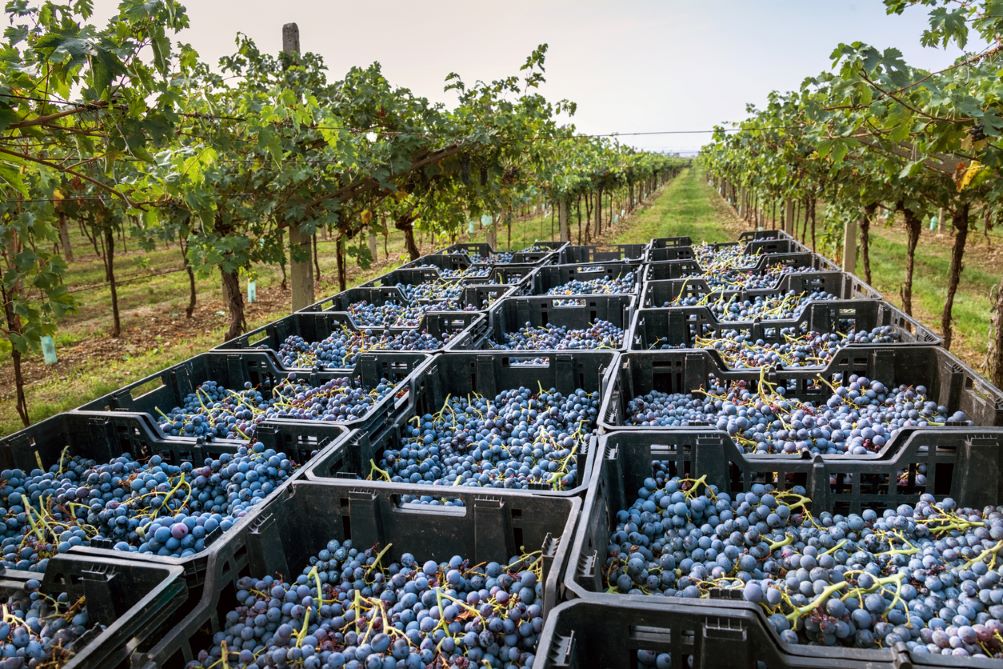
However, despite the enthusiasm surrounding unfiltered wines, some challenges remain. For instance, inexperienced winemakers may struggle with quality control, resulting in undesirable characteristics like cloudiness or off flavors. Additionally, the market has not yet fully embraced the idea of unfiltered wine, as some consumers still perceive it as inferior or unconventional.
In conclusion, the future of unfiltered wine appears promising as it continues to gain ground in a rapidly changing industry. With ongoing advancements in winemaking practices, coupled with evolving consumer preferences and a growing focus on sustainability, unfiltered wine is poised to flourish as a niche market within the wine industry.
Frequently Asked Questions
How does unfiltered wine differ from regular wine?
Unfiltered wine is the result of a winemaking process that does not involve removing all suspended particles. Unlike regular wine, which goes through filtration to create a clearer and brighter appearance, unfiltered wine often appears cloudier because it retains some sediment and yeast particles. This can result in a more rustic appearance, as well as increased texture, flavor complexity, and mouthfeel in the finished wine.
What are the benefits of drinking unfiltered wine?
Drinking unfiltered wine can offer a more natural, authentic, and unique sensory experience. Some wine enthusiasts believe that unfiltered wine, having undergone minimal intervention during production, offers a truer expression of the grape variety and the terroir it’s grown in. Additionally, unfiltered wine may contain slightly higher levels of phenolic compounds and antioxidants, which can contribute to an overall richer flavor profile and potential health benefits.
Are there any risks when consuming unfiltered wine?
While unfiltered wine is generally safe to consume, it may contain higher amounts of naturally occurring histamines, which can cause sensitivity for some individuals. Additionally, because unfiltered wines can contain residual yeast, they may be more susceptible to spoilage if not stored properly. It’s important to store unfiltered wines in a cool, dark place and consume them relatively soon after purchase.
How can you find unfiltered wine near you?
To find unfiltered wine near you, start by visiting local wine shops and specialty stores, as they may have a specific selection of unfiltered wines. You can also ask the staff for recommendations or attend wine tastings to sample unfiltered options. Moreover, some wineries and online retailers offer direct purchasing options for a wider range of unfiltered wines.
What is the role of sediment in unfiltered wines?
The sediment present in unfiltered wines serves as an indicator of their minimal intervention approach during the winemaking process. This sediment consists of grape solids, yeast particles, and other organic materials that can contribute to a richer texture, mouthfeel, and flavor profile. While the sediment is generally harmless and safe to consume, it is considered a natural outcome of the unfiltered winemaking process.
Which wine varieties are commonly available unfiltered?
Many wine varieties can be found in unfiltered versions, as filtering is an optional choice in the winemaking process. Some well-known examples include Chardonnay, Pinot Noir, Zinfandel, and Syrah. Additionally, more niche varieties such as natural, organic, and biodynamic wines are more likely to be produced without filtration. The availability of these unfiltered wines may vary according to the winemaking region and individual winery preferences.

